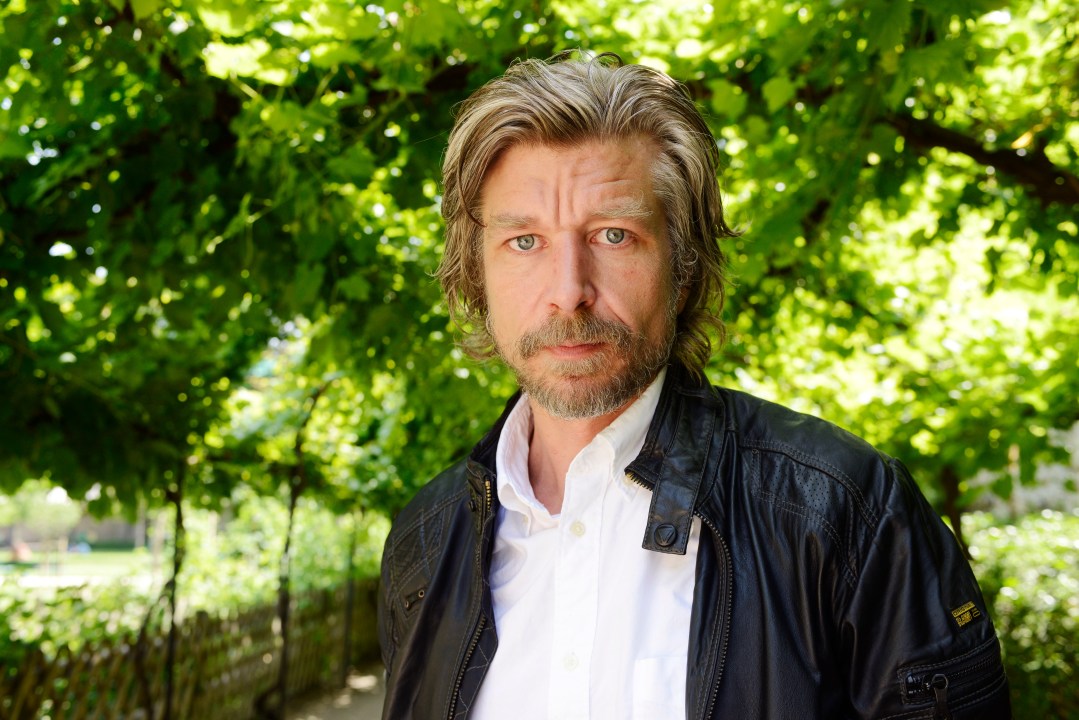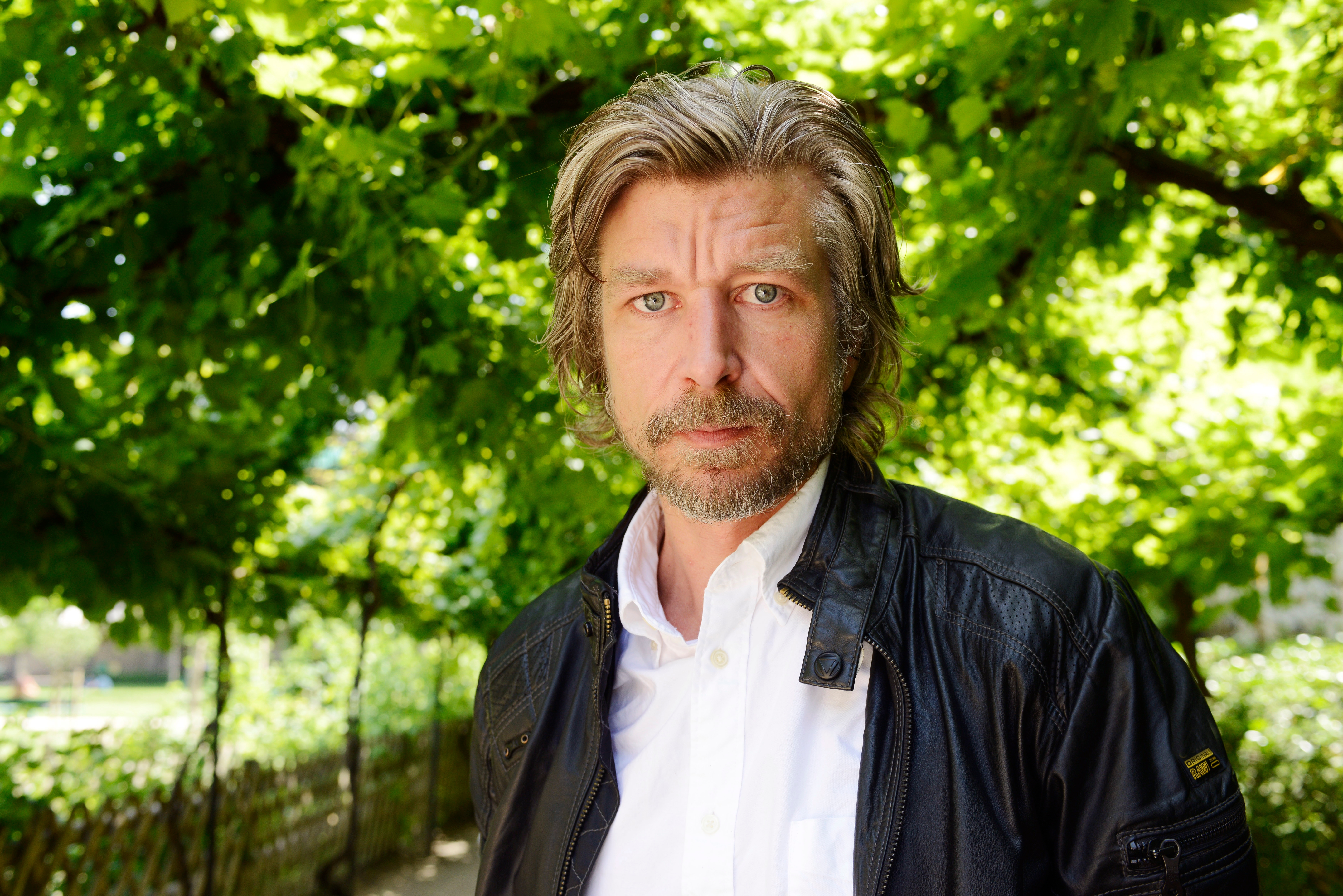It is generally thought to be wrong, reprehensible even, for a literary critic to review a book by a friend, professional contact, former lover or other personal relation. In such cases the critic is likely to be biased, and moved, consciously or unconsciously, by ulterior motives of revenge or social or professional advancement and in clear breach of the highly held principles of objectivity and impartiality. Though writers have been given licence to freely use whatever private material they like as long as it serves their higher artistic purpose, the critic is expected to refrain from referencing personal experiences or using autobiographical material in order to be considered professional and responsible.
These principles may seem foundational to literary criticism. But in the current cultural climate, they are at times inappropriate. Indeed some literary works demand a form of deeply personal literary criticism, one based on the critic’s private life and experiences with the author and the reality presented in a given literary work. In fact there is a need today for a new genre of literary criticism that responds to the wave of autofictional works that has washed in over the literary domain in recent years. One that will critique such reality-referencing and confessional literature according to the parameters it itself sets out. In contemporary autofiction, it is precisely the genre’s claim of radical referentiality, ruthless honesty, direct connection to reality and transparency that constitute its appeal and accounts for its intensity and the sense that there are high personal stakes involved.
There is a need for autocriticism, then, ie, a form of criticism that takes this purported connection to reality seriously and acknowledges that a personal connection between the critic and the reviewed author is relevant, maybe even necessary, for an adequate assessment of the value and quality of those many works in contemporary literature that blend fiction and autobiography.
The trend of blending fiction and poetry with autobiography and/or biography is of course not a new phenomenon, but related to a fundamental method in literature of transgressing the boundaries between the fictional and nonfictional domain to achieve a more adequate representation of the complexity and uncertainty of reality and human existence. Moreover, literature is always to some extent based on the writer’s personal experiences and autobiography. But the blending of fiction and nonfiction is, arguably, more conspicuous, experimental and radical in contemporary literature than at any other time in literary history. And where literature has traditionally tried to conceal the personal material and discourage biographical and psychoanalytical readings, contemporary works of blending often directly invite such readings.
This radical new referentiality has fuelled ongoing debates in literary theory and launched a variety of more or less imaginative genre-labels, including autofiction, autonarration, autopoetry and autotheory. Such terms are used to designate those literary works which demonstratively disrespect the conventional boundary between fiction and nonfiction and in which generic undecidability and epistemic uncertainty appear as criteria for, or markers of, authenticity, sincerity and truth. Autofiction, -narration and -poetry are typically applied to works which combine autobiographical or biographical writing with elements, modes, styles and devices of narration that have conventionally been associated with the novel and/or poetry. And autotheory is used for works that similarly fuse autobiography/biography and fiction/lyricism but which in addition have a significant essayistic, theoretical or philosophical dimension.
Common to these is an undermining of the conventional idea that an artwork’s correspondence with reality is irrelevant and that only its higher, abstract philosophical and existential truths are of importance. Autofiction etc. moves beyond the division of, and hierarchy between, the artistic/aesthetic value of a work and its concordance with the external reality. Foregrounding the autobiographical material and pointing demonstratively to it, autofiction often wants its reader to recognise the reality behind the fictional elements. According to autofiction, a concordance with external reality does matter, and it is part of the very aesthetics of the artistic vision and the poetics of the literary work. Aesthetics and referentiality are entwined here and cannot be separated.
Taking seriously this referential dimension in contemporary autofiction may be partly at the expense of the aesthetic dimension of a work; but the point here is that the referential dimension is as important in this specific genre, and that it has been neglected by literary criticism.
The autofictional trend has been particularly predominant in Scandinavia, which has produced its most prominent example, namely Norwegian Karl Ove Knausgård’s My Struggle. This work, in six volumes and more than 2000 pages, recounts the author’s life from early childhood to the actual time he is writing as a middle-aged man, often in minute detail, using fictional narrative strategies and thematically focusing on the author’s struggle with love, unfulfilled literary aspirations and his unpoetic and routine-filled everyday life at the centre of a progressive Scandinavian welfare society. Its extensive references to Knausgård’s actual life and the people in it caused a scandal in Scandinavia, cost the author several close relationships and resulted in his wife’s mental breakdown and psychiatric hospitalisation. My Struggle set new norms for what is morally acceptable in terms of references to the private life of the author in literature and marked the onset of a wave of radically referential autofictions which is still in motion.
In May this year, yet another Scandinavian work of blending was published, one in which I feature as a central figure, with my first name given and enough personal details to make me easily identifiable to anyone in Scandinavia. This autopoetic work is the third volume in a critically acclaimed lyrical-confessional series by a Danish writer about his life as an academic, writer, husband, ex-husband, father, son, friend, partner and generally existentially desperate and depressed person. The books freely and unrestrictedly use private material, presenting an identifiable private reality, reproducing real-life conversations and reprinting actual emails and text messages, including private emails between the author’s wife and her secret lover. The author and the publisher publicly promote the works as created in accordance with an ambitious poetics of ruthless honesty and brutal self-criticism and a method of bold, uncensored representation of the author’s most shameful thoughts and darkest character traits.
On the autocritical view outlined here, such a boundary-transgressing work invites similarly boundary-dissolving criticism. And here my own personal relation to the author, as his former partner and co-habitant through the year depicted in the most recent volume and my appearance as a character in it, do not render me unfit as a reviewer. On the contrary, I am better qualified than most to criticise the book precisely by virtue of being a first-hand witness to the reality it describes – in addition to being a literary scholar and critic by profession. My autocriticism took the form of a series of creative texts published over several weeks, coinciding with the publication and promotion of the book, in which I uncovered the evasive nature of both the author himself and his manipulative and pseudo-authentic work, criticised its false poetics of honesty and gave corrections and counter-narratives to the misrepresentations of our shared reality.
Literature can be considered as a form of battlefield of narratives; an arena where individuals try to gain narrative power and influence in the ongoing negotiation of what is considered true and real by the wider community. All narratives, both those manifested in writing and published and shared in the public cultural sphere and the fleeting ones orally transferred in local contexts, are part of a competition to determine reality, the definition of which is always open to renegotiation. Literary criticism should participate in this open-ended process of negotiation and approximation of a truthful rendering of reality. This is especially so when the critic has insights that contradict or disprove the representations in a literary work that purports to truthfully represent reality; in fact, it may even be considered an ethical obligation of the critic in this situation to share her counter-narratives publicly and thereby try to correct the misrepresentations, especially if these are causing harm to real-life persons included in the book.
Autocriticism emerges as a natural, ethically meaningful, even necessary literary-critical response to autofiction. It springs from the acknowledgment that the aesthetic and artistic dimension in autofictional works is not distinct from, but intertwined with such works’ assertion of their connection to reality and truth value. Autocriticism not only admits the impossibility of objectivity, but even highlights the personal connection between reviewer and work or author and understands this connection as a prerequisite for qualified criticism. Moreover, autocriticism dismisses the established hierarchy between ‘primary’ and ‘secondary’ texts, that is, it rejects the view of criticism and theory as only being derivative from, and as such inferior to, literature. Autocriticism is based on a view of criticism and theory as symbiotic rather than parasitic on literature, as creative and personal practices that are in correspondence with literary narratives and part of the literary field of ideas, narratives and aesthetics – not ‘outside’ it.
While autocriticism may at first glance seem immoral, it responds to a need in contemporary culture for an ethical criticism with a kind of double nature, ie, with two constitutive and intertwined and interdependent dimensions: on the one hand, a discussion, analysis and assessment of the work in question and its literary quality and aesthetic value; and on the other, the explicit use of the critic’s personal and private material to challenge and correct the renderings of reality published and potentially introduce counter-narratives.
To be clear, autocriticism is not about restricting or policing literature. Neither is this a call for fanatically making all literary criticism personal and ethical or for permanently breaking down the boundary between art and criticism; rather, it is a call for deeper exploration of the affinities and tensions between the two and for greater creativity and more experimentation in criticism. It’s about giving criticism more freedom, letting it engage and even compete with literature on more equal and productive terms.







Comments